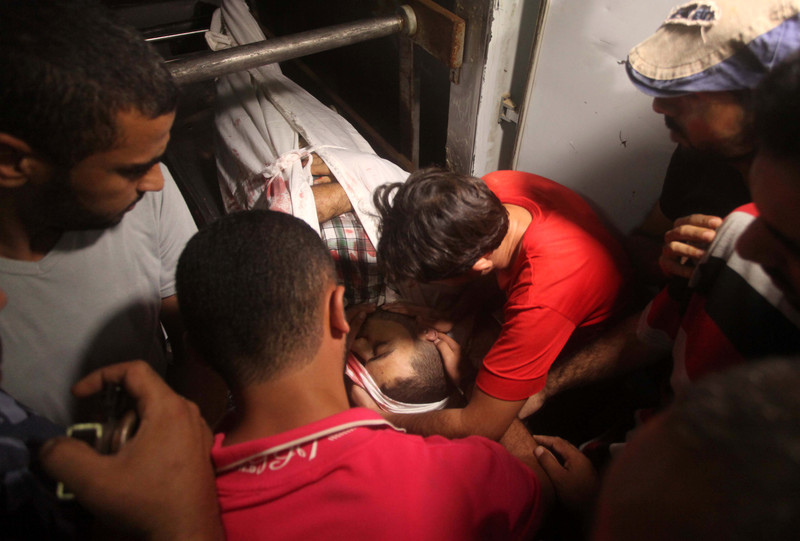Tag: Free Gaza Movement
-
Support for political prisoner, Mohamad AlQueeq, after more than 70 days of hunger strike
4th Feburary 2016 | International Solidarity Movement, Gaza Team | Gaza, occupied Palestine Yesterday there were several events in Gaza supporting the Palestinian political prisoner Mohamed AlQeeq, who is actually in the 72nd day of hunger strike and has lost his sight and hearing. Moataz Dalul, spokesman for the prisoners, stressed that “Mohamed AlQeeq is…
-
Israeli forces continue slaughtering Gazan protesters
30th December 2015 | International Solidarity Movement, Gaza Team | Gaza strip, occupied Palestine Last Friday, 25th of December another youth, 22-year-old Hani Wahdan, was killed in Shijaia in Gaza. One week before, 20-year-old Mohamed El Agha was killed in El Faraheen in Gaza. Since the beginning of October Israeli snipers have killed unarmed demonstrators along…
-
Gaza: between rebellion and sacrifice
22nd October 2015 | International Solidarity Movement, Valeria Cortés | Gaza Strip, occupied Palestine How much hopelessness, suffering, unpunished abuse, how much spilled blood can the human heart take before bursting? “All I possess in the presence of the death is fury and pride” Mahmoud Darwish Ahmed Al Sarhi was executed in cold blood yesterday…



